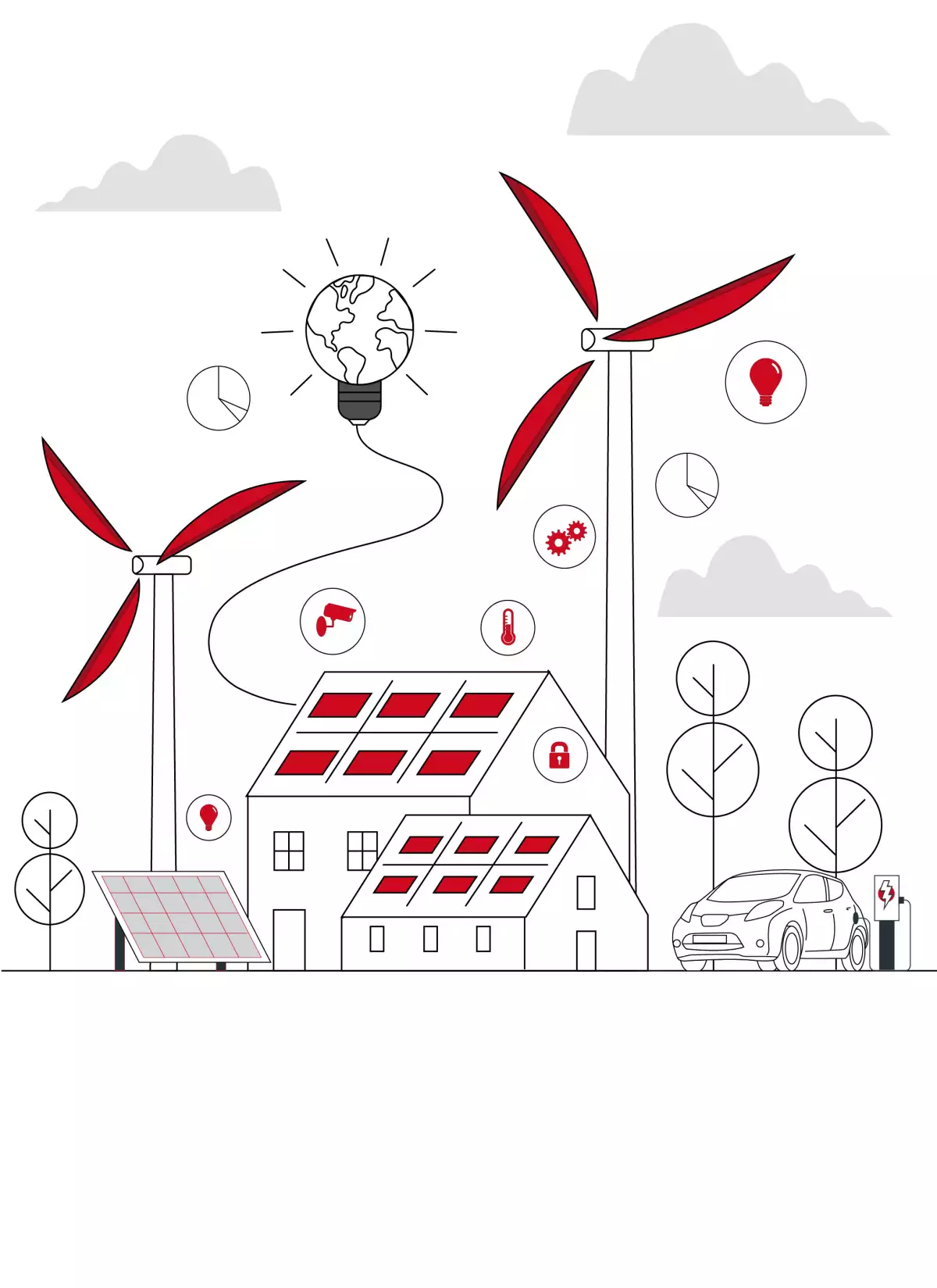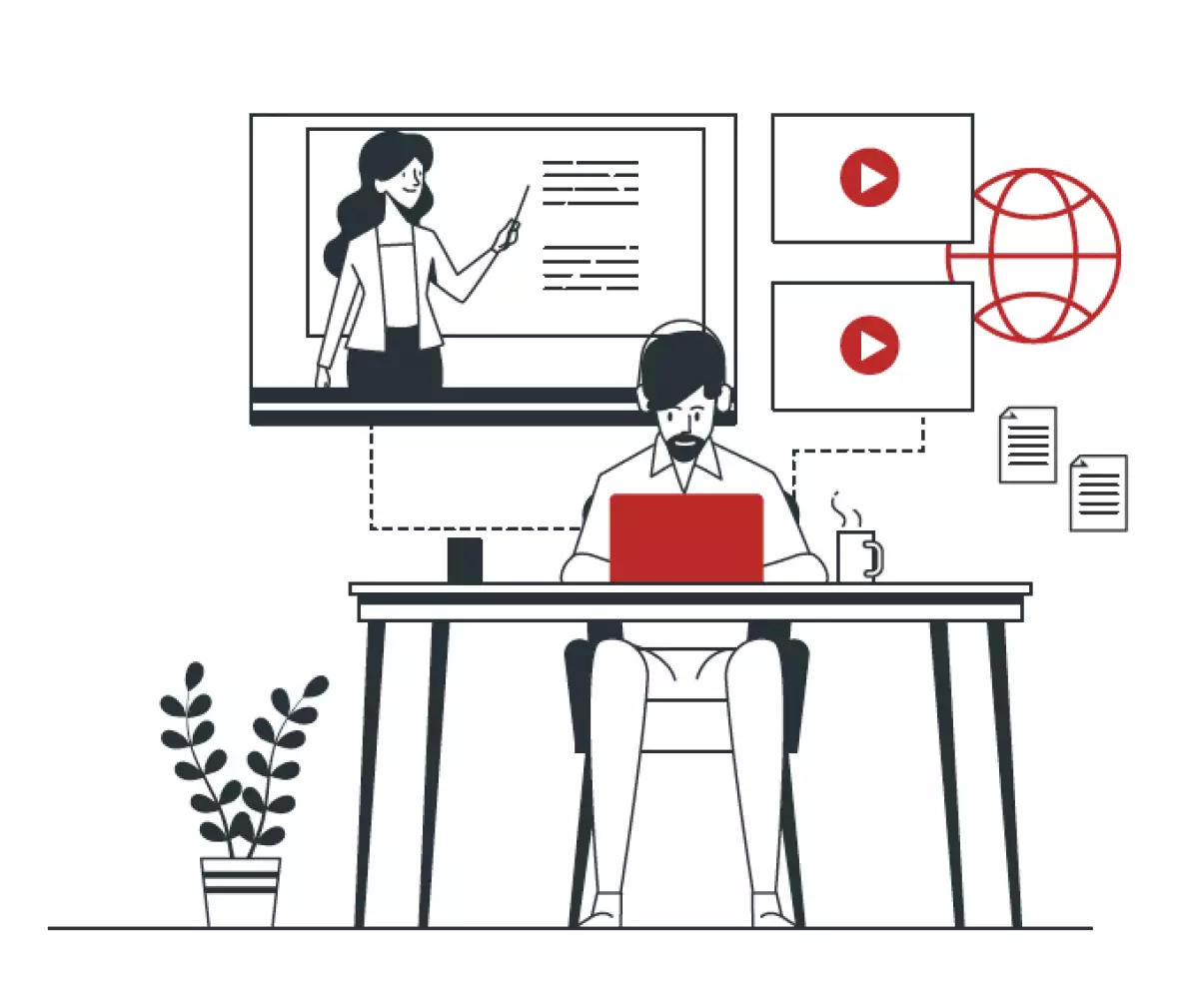“Plappersnut” & “Sonnenschein” Kindergarten
The kindergartens were built in the 1970s as prefabricated buildings of type KK/KG 80/180. The structurally interesting floor plan organization of these buildings enables two-sided lighting and ventilation of the group rooms, as well as an economical basic structure. For this reason, the operation of these buildings is being maintained despite major structural defects and sensible and cost-effective refurbishment concepts are being sought.
The “Plappersnut” kindergarten refurbishment project is a model project in the ‘Energy-efficient building refurbishment’ program launched by the Federal Ministry for Economic Affairs and Energy. The orientation of the main axis is east-west. The main issue was the high energy demand for heating the corridors of the existing building. The corridors were demolished and the common rooms in between were covered with a foil roof construction. This resulted in a more compact building with an optimised Area-to-Volume (A/V) ratio. The unheated atrium serves as a buffer zone and offers new opportunities for movement and spatial experiences for children. The technologies used in the building include ventilation with heat recovery, a heat pump, and solar thermal collectors for heat generation. Photovoltaics (PV) systems were designed for the south façade to generate electricity and provide shade. Motion sensors for the lighting also help to save energy. Clever and sensible building design combined with new technology-enabled energy consumption to be reduced by 65% in the first year after the refurbishment. Thanks to smart construction, the costs for the refurbishment totaled just 531 € / m² NFA (Net floor area) and 120 € / m³ NRV (Net room volume). The sickness rate after the refurbishment also fell sharply from 10% to 4% among employees and from 11% to 6% among children.
Unlike “Plappersnut”, the main axis of the “Sonnenschein” kindergarten faces north-south. With a compact design, high energy savings were achieved through construction, operation, and resource consumption. This was achieved with three measures:
1. Changing the layout of the floor plan to improve the Area-to-Volume ratio (A/V ratio).
Partial demolition and dismantling of the connection between the two main buildings and roofing over the entire courtyard creates an unheated intermediate zone that functions as a thermal buffer zone. This newly gained, weather-protected outdoor area is used as a play area.
2. Changes to the quality of physical building components
The direct insulation of existing external surfaces such as walls, roofs, and skirting boards reduces the existing heat transfer. The south façade is an important collector of high solar energy gains. The north of the building is complemented by a highly insulated multipurpose area, which reduces transmission heat losses as far as possible.
3. Technological change - economical and rational use of technical equipment
The building utilizes solar energy through solar collectors on the south façade and roof-integrated photovoltaics.
With the proposed additional technical measures and the redesigned building envelope, it was possible to upgrade the existing building while reducing energy consumption to less than 30% and creating an effective climate protection measure by reducing CO₂ emissions by more than 80%. Intelligent design reduced the total cost of the renovation to 471 €/m² NFA.


